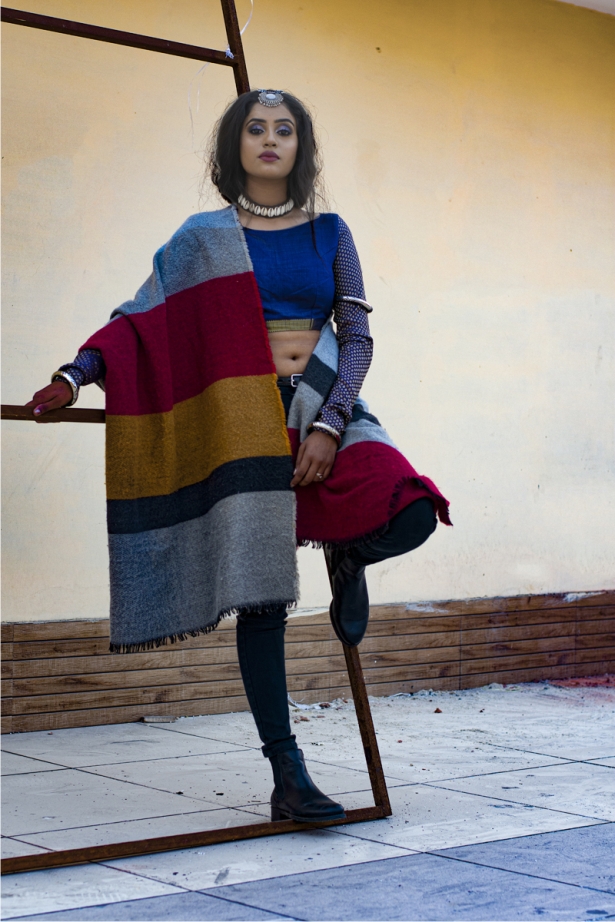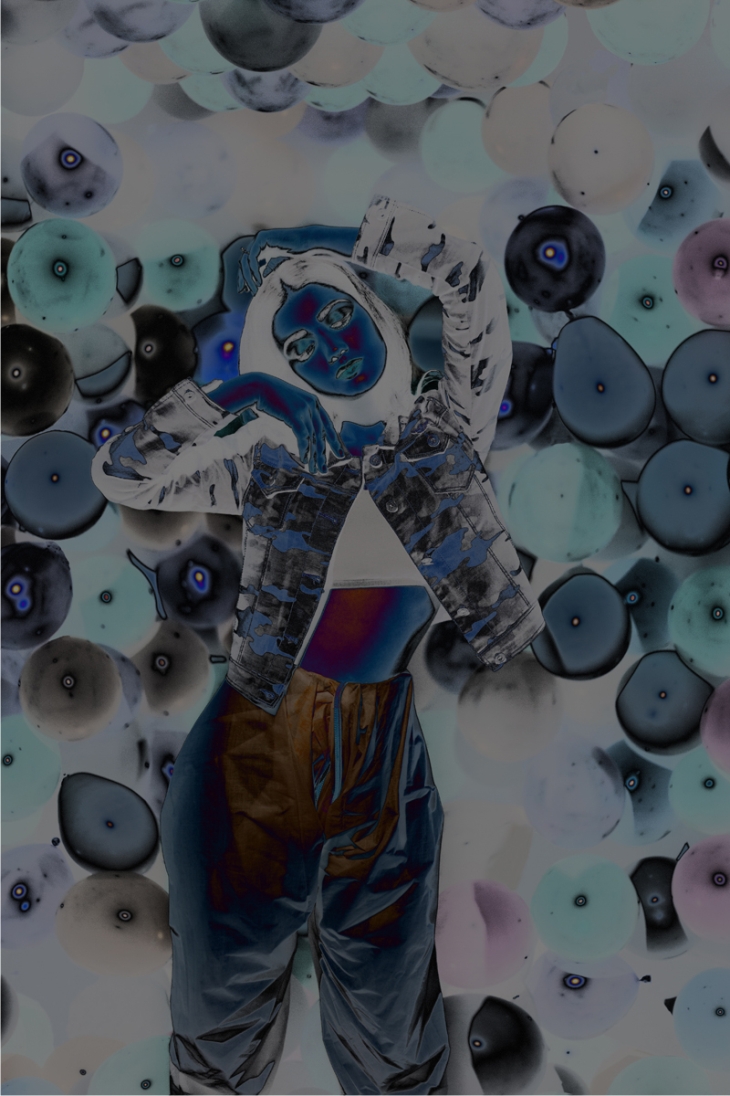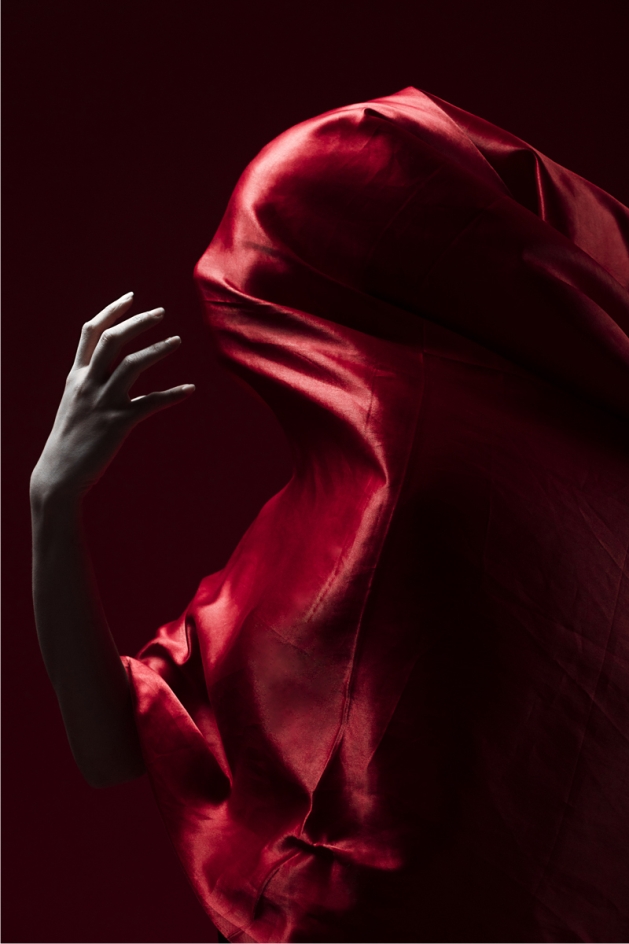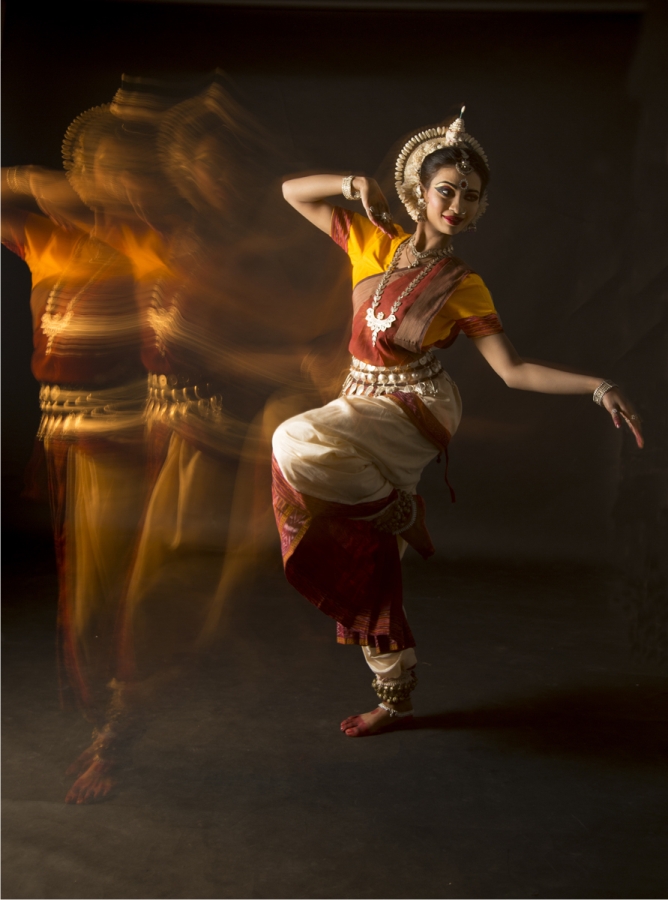Shooting what are you comfortable with
In fashion photography, photographer has to discover that when and how to shoot fashion, as an example, if you are lot more comfortable shooting on the streets. This means you are “Street Fashion Photographer.” So, another lesson is that know what your strengths are as well as your weaknesses.
The importance of mastering technical settings
In terms of technical settings, you found out that a lot of your photos were under-exposed (especially when shooting in the studio). Shooting on the streets with one flash mounted on the camera was easy; shooting in the studio with two lights (one beauty dish, one fill) was difficult. If you aren’t a studio photographer, you really need to master your lighting before you get a model in the room.
Get the most out of your collaboration
Communication is the most important part of a fashion shoot! Tell your model and your team what you expect from them. Show your Moodboard to your team and tell what kind of light you are using so the makeup artist knows what to do with the makeup and the model knows where the light is coming from to get the best out of her poses. Show the photos on your camera or computer screen so everybody can see if they need to change anything for the best results.
Processing
Once the shots have been taken, you will need to process them from raw files to tiff files. The colour temperature, Skin retouching, use of Camera raw filter and contrast are some of the processes that take place at this stage. Often, the fashion photographer hands over to the editor/re-touchers the processed files. However, it is important that the photographer participates in all the processes as it will ensure the best results.
Manish Sehrawat
“There is only you and your camera. The limitations in your photography are in yourself, for what we see is what we
are.” – Ernst Haas
In this image, photographer used colour, shape, natural light and mixed fashion attitude. As we can see that through make and body accessories, subject connected towards Rajasthani Culture and on the other hand, model wore western slim fit black joggers with full boots. Full sleeves blue blouse with shawl created inter – cultural fashion fusion. Photographer used long shot to show whole personality of subject and used environment as a background. In visual art, photography is diverse subject in which photographer always have freedom to do testing with their subject, garments, make up, hair style. In this image, photographer intentionally tried to prove rural attitude of woman by hair style, body props and on the other hand also incline urbanization of fashion. This mixture of
presentation created unique style of fashion. Even as we can see that physical presentation of model is also so casual and model is
directly talking to viewers by watching into the camera
Photo Courtesy: IIPian Gaurav Verma
“Light makes photography. Embrace light. Admire it. Love it. But above all, know light. Know it for all
you are worth, and you will know the key to photography.”
– George Eastman
As we know art is holding lots of different genres to express. One photographer can click single image in lots of ways, edit them and present them in different ways. In this image, photographer had chosen abstract impression. Image depicts shapes, rough colour, burning desire and pop art culture. Garments selection and background is more like test in here, as we can see Dhoti with military jacket used. Photographer used experimentation in his work, after shooting and selection of work, image justification changed by Adobe Photoshop. It means photographer intentionally created colour negative aesthetic to give us more delusional
feeling towards whole frame. As we can see that balloons, jacket, dhoti, blue – orange light and pose of model in this digital negative created dramatization.
This work is right example of Anti – Straight Photography and photographer editing style illustrated more personal expression
compared to other commercial work.
PHOTO COURTESY : IIPian DHRUV VASUDEVA
“When you photograph a face… you photograph the soul behind it.”- Jean-Luc Godard
The above picture can be considered in Conceptual Fashion Photography. The visualization purpose is to use red clothing and illustrate of a woman’s body. And due to her hand gesture, this picture can be considered in the art movement of Symbolism. Which refers to the pictures which contain any sort of semiotic and gestures conveying the visual composition. Aesthetical approach which can be concluded from the picture is that, it shows a woman’s exploitation in the modern patriarchal society. The red color symbolises the anger and the heat of a woman’s body and how it can be rigorously aggressive against the inequality faced by the women. This image can be symbol of ‘resistance’ for the ongoing movement of Feminism. Denotatively this picture shows a human warped in a loose red garment, and one hand forming a structure of claw is coming out from that piece of clothing. There are two lights used in this picture, one as a key light and other as an edge light. Which creates a dramatic lighting effect by complimenting the hideous nature of the women and her story. In this image, artist gave intellectual justification by using of contrast theory in between colour tone of hand and red colour enhancement.
Photo Courtesy : IIPian Sitanmay Maity
“In photography there is a reality so subtle that it becomes more real than reality.”– Alfred Stieglitz
The above picture is a representation of a Indian Classical Fashion of an Odissi dancer. The visualization of the image shows that how an Indian classical dancer can perform her art of dance and represent fashion in a strong and bold motion. The visual effect of the picture can be considered in the art movement of Neo – Expressionism which refers to the mixture of purism and expressionism in which the visual elements and its forms are distorted to create a point of interest and show an emotion of fluidity and flawlessness in the frame. The aesthetical conclusion of the image is its pure form of dance and motion which is very strongly expressed by the dancer itself. There is a technical use of shutter lag to create the long wavy form of motion of the body, which creates an essential symbol of freedom and expression which makes an individual artist stronger and more confident to perform the passionate art. The continuous light creates the motion of the body and the strobe light fixes the motion and freezes the pose of the dancer.
Photo Courtesy: IIPian Kunal Thakur







